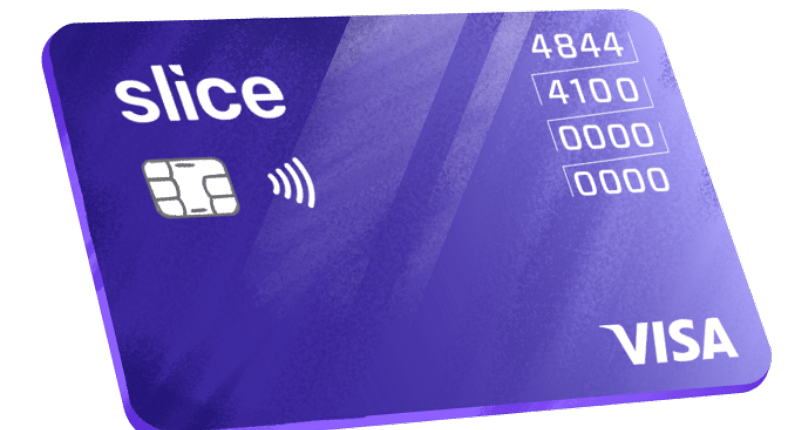Credit cards have gained prominence in India, a country which has been cash reliant for most of its history, as the necessity of credit has been growing at an exponential rate across the country. However, while having credit cards is common in developed countries, India continues to fall behind as the credit-rating system has failed to trickle down to the majority of the population.
This is something that Bengaluru-based fintech start-up Slice is aiming to work on, and its latest move to expand its credit card offerings and launch a card with ₹2,000 ($27) as the default credit limit is a step in the right direction.
Slice is known to offer its customers flexibility in paying credit card bills and reward points on transactions. It is also known to issue Visa cards and is now actively working on the widespread adoption of credit cards in the Indian market.
With this new card, it will provide the same benefits that its super card offers, without the joining or annual fees. Thus, it seeks to provide a fresh start to early credit users of India, and help them create a good score over time.
According to Slice founder and CEO Rajan Bajaj, the new credit limit is for individuals who do not have a great credit score or any score for that matter, and the new card helps them build it. The better your credit score is, the better since it is used by lenders to decide how likely you are to repay your debts. With good credit scores, you have higher chances of getting your loan approved, and you can get additional benefits as well, such as low interest rates, better repayment terms, and a quick loan approval process.
“The reason for reducing the starting credit limit was to open up the card for more eligible customers,” Bajaj said, adding, “We had a huge number of customers on our waiting list. We think a Rs 2,000 credit limit is something that anyone can be creditworthy of, in India. All customers will get the same benefits as in our existing card regardless of the credit limit.”
The start-up decided that $27 was a suitable figure since it allowed users to make meaningful transactions across card readers. As people properly utilized the limit and paid timely, thereby building a credit history, they could get instant approval for higher limits.
The only reason Slice was able to take this initiative was that it had actively invested in building a strong risk infrastructure by leveraging data science over the last few years. The start-up has plans to roll out no less than a million cards to customers (from a mix of Tier I, II, and III cities) by the end of FY22, something that will be a remarkable jump from Slice’s current status – it is currently present in 300 cities.
The Tech Portal is published by Blue Box Media Private Limited. Our investors have no influence over our reporting. Read our full Ownership and Funding Disclosure →






